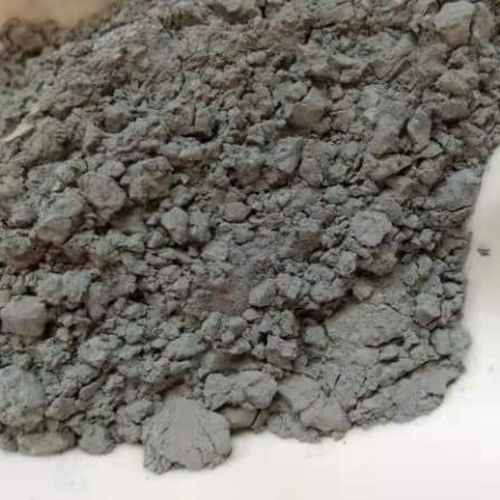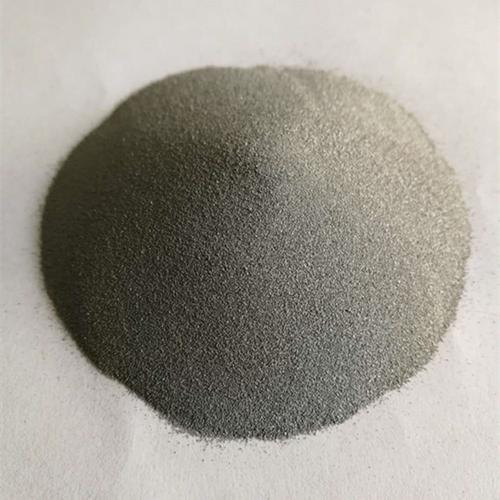Ever wish you could give metal that beautiful antique bronze or deep black finish? Maybe you’ve seen it on old hardware, sculptures, or jewelry. Well, copper sulfate powder might be your surprising secret weapon. Metalworkers swear by this common chemical for creating rich, aged patinas on iron, steel, and even bronze itself.
(Can Copper Sulfate Powder Be Used To Darken Metal)
Copper sulfate looks like bright blue crystals or powder. You find it in garden stores for killing algae or fungus. It works on metal too. How? It triggers a chemical reaction. The copper sulfate reacts with the iron or steel surface. This reaction forces copper metal to deposit onto your workpiece. At the same time, it causes the iron underneath to oxidize. This oxidation is key. It creates that dark, almost black coating we love.
Think about old bronze statues. They often have that gorgeous greenish-blue patina. That’s copper oxidizing naturally over centuries. Using copper sulfate speeds this process way up. It gives you control. You can achieve deep blacks, warm browns, or even hints of green, depending on the metal and your method.
It works. But there’s a catch. Safety first. Copper sulfate is toxic. Handle it with care. Always wear protective gloves. Safety glasses are non-negotiable. Work in a well-ventilated area. Avoid breathing the dust. Keep it away from kids and pets. Respect this stuff.
So, how do you actually use it? The basic idea is simple. You dissolve the blue copper sulfate powder in warm water. The solution needs to be strong enough. A saturated solution works best. That means adding powder until no more dissolves. Stir it well.
Now, prep your metal. Cleanliness is crucial. Any grease, oil, or rust will mess up the finish. Scrub the metal thoroughly. Use soap and water. Maybe even degreaser or sandpaper for stubborn spots. Rinse it perfectly. Dry it completely. A perfectly clean surface ensures an even reaction.
Apply the solution. You have options. Brushing it on gives control over specific areas. Dipping the whole piece works for small items. Spraying creates a fine mist for subtle effects. Experiment! Watch the magic happen. You’ll see the color change almost instantly. It starts darkening right before your eyes. The transformation is pretty slick. Let it sit for a minute or two. Check the color depth. Want it darker? Apply another coat. Sometimes heating the metal slightly first helps the reaction spread evenly.
Rinse it off. Once you love the color, stop the reaction. Rinse the piece under running water. Get all the copper sulfate solution off. Neutralize any residue with a baking soda wash. Rinse again. Dry the piece completely. Seal the finish. This step is important. The dark coating can be fragile. Protect it with a clear wax or lacquer. This locks in the color and prevents rubbing off.
(Can Copper Sulfate Powder Be Used To Darken Metal)
Results vary. The exact shade depends on the base metal. Steel usually turns deep charcoal grey or black. Bronze might get warm browns or blacks. Iron reacts strongly. Surface texture also plays a role. A rough surface grabs the patina differently than smooth steel. Experiment on scrap pieces first. Find what works for your project. We’ve all seen those beautiful dark fireplace tools or garden art. Copper sulfate is often the artist behind that look. It’s a classic trick for a reason. It delivers that coveted vintage vibe relatively cheaply and quickly. Just remember the safety gear. Nobody wants a chemistry bummer.
Inquiry us
if you want to want to know more, please feel free to contact us. (nanotrun@yahoo.com)


